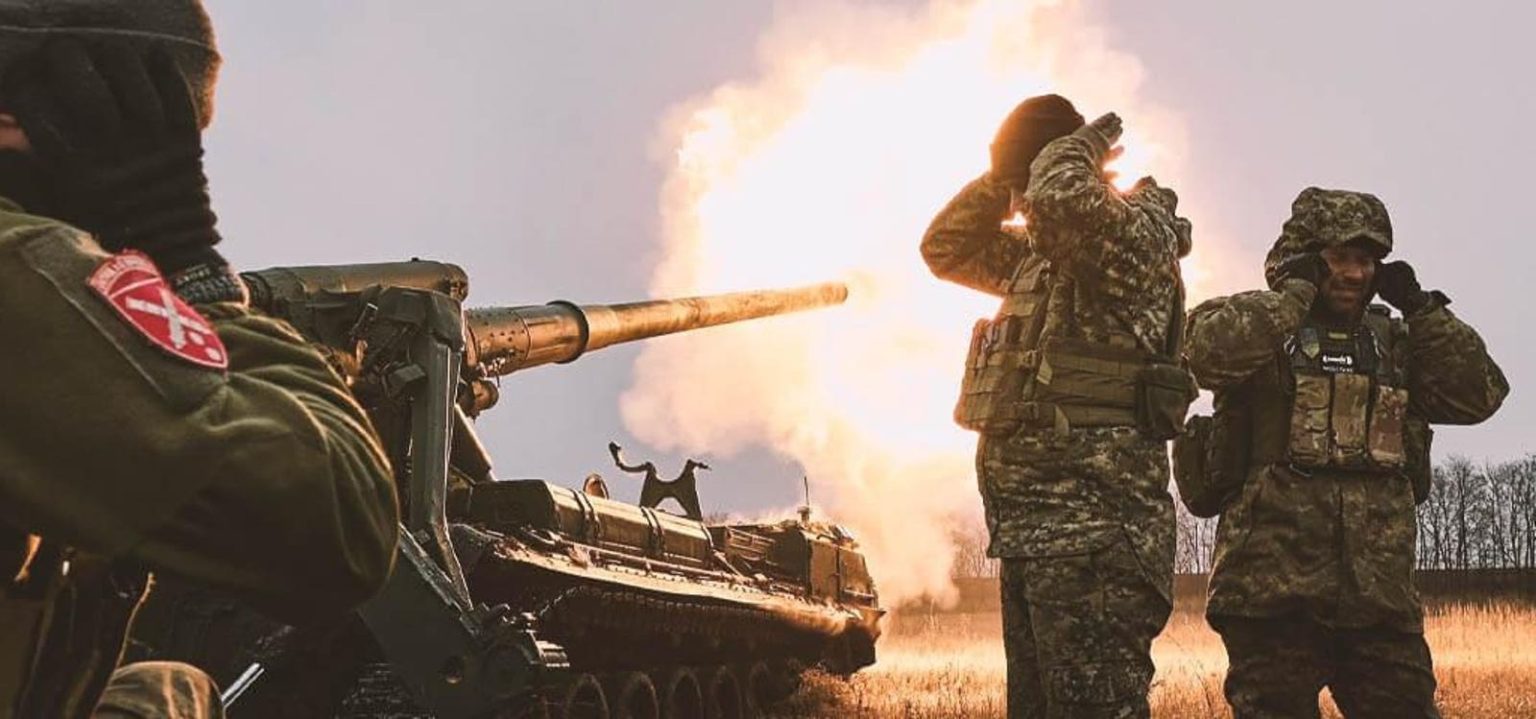Seven weeks after Czech defense policy chief Jan Jires announced his government had identified 800,000—later, a million—artillery shells that Ukraine’s allies could buy for Ukraine, Estonian defense minister Hanno Pevkur said his own government had found another million shells and rockets for Ukraine.
Pevkur told Postimees he’s trying to scrounge, from the same countries that paid $1.3 billion for the Czech-sourced ammunition, an additional $2.2 billion to pay for the Estonian-sourced ammo.
“If we combine these one million shells, the Czechs’ potential purchases, our buying capabilities and also the British”—who reportedly are organizing their own ammo-for-Ukraine initiative—“I dare say that it would be possible to send Ukraine two-to-2.5 million shells this year, if the funding were available,” Pevkur said.
With 2.5 million additional shells and rockets through the end of the year, the Ukrainians could match Russia’s own ammo supply, Pevkur claimed. It would be the first time in a year that the Ukrainians could fire as many shells and rockets as the Russians could fire.
And here’s what’s really exciting for friends of a free Ukraine. If Rep. Mike Johnson, the Republican speaker of the U.S. House of Representatives, keeps his word and—after six months of delay caused by the Republican Party’s Russia-friendly wing—finally brings to a vote further U.S. aid to Ukraine, Kyiv’s forces could achieve artillery superiority in the coming months.
Exactly where Estonia might source the shells and rockets, Pevkur wouldn’t specify. “Mainly from non-European countries,” he said, “but there are also some in Europe. Unfortunately, I cannot specify. In many cases, the seller themselves does not wish it to be known.”
Pevkur said the shells include NATO-standard 155-millimeter rounds as well as Soviet-standard 152-millimeter rounds and Grad rockets, implying the Estonians are, in part, looking to countries in Eastern Europe and the Balkans. African countries might also be candidates. The Czech initiative reportedly sourced ammo from South Korea, South Africa and Turkey.
Time is of the essence. Some of the potential ammo-sellers are willing to take money from Ukraine’s allies or from Russia. First come, first served. “There’s a bit of a race against time to see who can secure them first,” Pevkur said.
Even if the Estonians fall short of buying all one million shells and rockets, whatever ammo they do source adds to the Ukrainians’ stockpile and helps to solve their biggest battlefield problem as Russia’s wider war on Ukraine grinds into its third year.
With the suspension of U.S. aid, Ukrainian artillery batteries went from firing 6,000 shells a day to just a thousand or so—while Russian batteries kept blasting away at a rate of nearly 6,000 shells a day. Starved of ammo, the Ukrainians often spotted Russian assault groups but were powerless to hit them.
A lack of ammo is one of the main reasons the Ukrainian garrison in the eastern city of Avdiivka ultimately retreated in mid-February following a brutal five-month battle. Rolling into the ruins of Avdiivka, the Russians made their biggest territorial gains in nine months—and seized the overall momentum in the wider war.
Sensing the Ukrainians’ ammo-starvation, the Russians kept attacking west of Avdiivka. But the continuing assaults coincided with the launch of the Czech artillery initiative. Confident more shells were coming, Ukrainian gunners apparently dipped into their emergency ammo reserves—and upped their rate of fire.
“This improvement has enabled Ukraine to prevent the loss of important defensive positions in the east, and slow down further Russian advances,” Ukrainian analysis group Frontelligence Insight explained. “Despite the initial excitement among the Russian public and the Russian command’s intentions to penetrate deeper into Ukrainian defenses after the initial assault near Avdiivka, the Russian forces ultimately failed to gain a significant ground after seizing Avdiivka.”
If a small increase in Ukrainian artillery firepower could halt the Russian advance, could a big increase reverse the advance? In other words, could a few million fresh shells help Ukraine turn the tide of the war?
To be sure, Kyiv’s forces have other problems. A manpower shortage. A dearth of air-defense missiles. Delays in repairing battle-damaged equipment.
But the shell shortage was the most serious problem. And it seems Ukraine’s allies are, in awkward fits and starts, finally solving it.
Sources:
1. Postimees: https://news.postimees.ee/7986347/postimees-in-ukraine-estonia-knows-where-to-purchase-two-billion-euros-worth-of-shells-for-ukraine
2. Frontelligence Insight: https://frontelligence.substack.com/p/exclusive-report-frontline-analysis
Read the full article here





